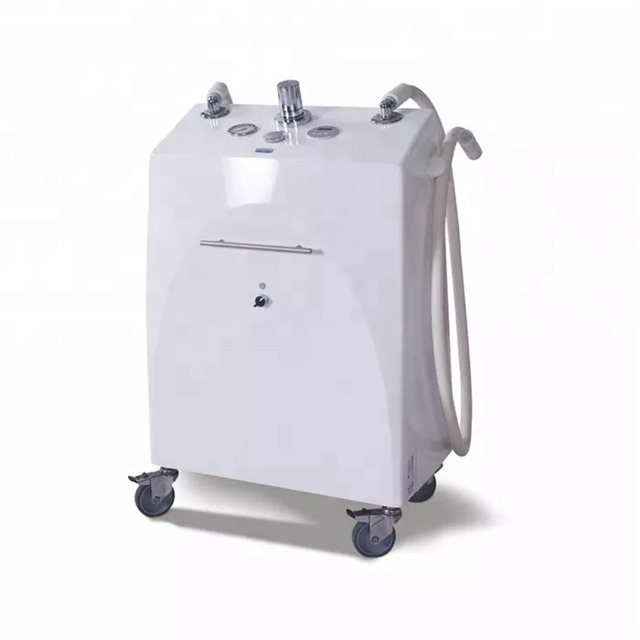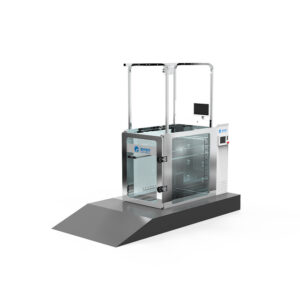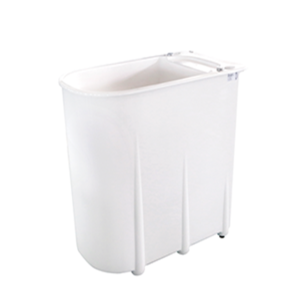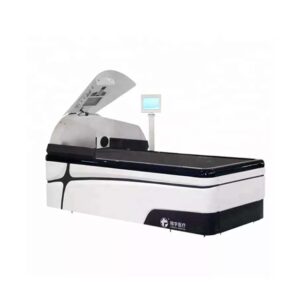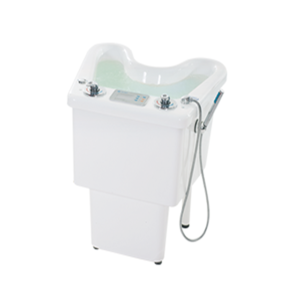Description
XY-SL-BV mobile underwater massage equipment, can realize underwater massage in the spa bath, the equipment shell is made of glass fiber reinforced plastic integrated molding, the water supply system adopts stainless steel woven hose, the inlet of the suction hose is installed with a filter, so as to place the pump suction debris. The device is also equipped with a manometer and current water temperature thermometer (temperature information is displayed on the control panel), and the massage pressure can be adjusted through a pressure regulating valve.
Advantages
1. High pressure hydraulic massage: can be used with a variety of hydrotherapy equipment.
2. Self-priming pump with idling protection, longer service life of equipment.
3. Self-priming pump parameters: maximum head 56m, maximum flow 4.5m3/h.
Scope of Application
1. Muscle sclerosis and improper posture cause spinal overload and scoliosis;
2. Muscle fatigue after intense work;
3. Muscle atrophy, weak paralysis and spasmodic paralysis (only for muscle relaxation);
4. Fracture, dislocation or strain, soft tissue injury (not suitable for direct massage to the damaged area);
5. Post-poliomyelitis status;
6. Non-acute inflammatory rheumatic diseases, especially degenerative joint changes, degenerative spinal joint changes;
7. Sciatica, low back pain, metabolic diseases (gout, diabetes, obesity);
Stages 1 and 2 in arterial disease (preferably in the sympathetic region provided)
Contraindications
- Skin diseases affecting large areas of the body.
2. New wounds and acute inflammation.
3. Suspected phlebitis and thrombus (embolism).
4. Severe pain with myosclerosis. Muscle stiffness.
5. Spinal fracture, usually available in 8 weeks after surgery.
6. Painful blockage of vertebrae with reactive muscle stiffness.
7. Increased inflammation of spinal disorders (spondylitis, rheumatic spondylitis).
8. Serious deterioration of chronic diseases. Ankylosing spondylitis (inflammation of the bones and joints).

